Reportar esta entrada
Más sobre la misma comunidad-colección
James P. Mills, padre de Anson Mills
James P. Mills was born in 1808 in Pennsylvania. He became an ...
Ben Williams - Agente de la Ley de El Paso - El Paso, Texas
Ben Williams operated the Ben Williams Detective Agency in El ...
William Bonney, mejor conocido como Billy the Kid
William Bonney (1859–1881) Billy the Kid was a pathological ...
Capitan John Hughes - Guardabosques de Texas - El Paso, Texas
In 1886 several horses were stolen from his and neighboring ...
Louise Austin Esposa de James S. Marr
Wife of Col. James Marr, who was the founder of El Paso Transfer ...
Jose Antonio Escajeda - San Elizario, TX
José Antonio Escajeda was part of an early El Paso pioneer ...
Florence Villas, Ada Lyons y Kate McGhee - El Paso, Tejas
From left to right: Florence Vilas, Ada Lyons, and Kate McGee. ...
Capitan John Hughes - Texas Ranger
John Reynolds Hughes (February 11, 1855 - June 3, 1947) was a ...
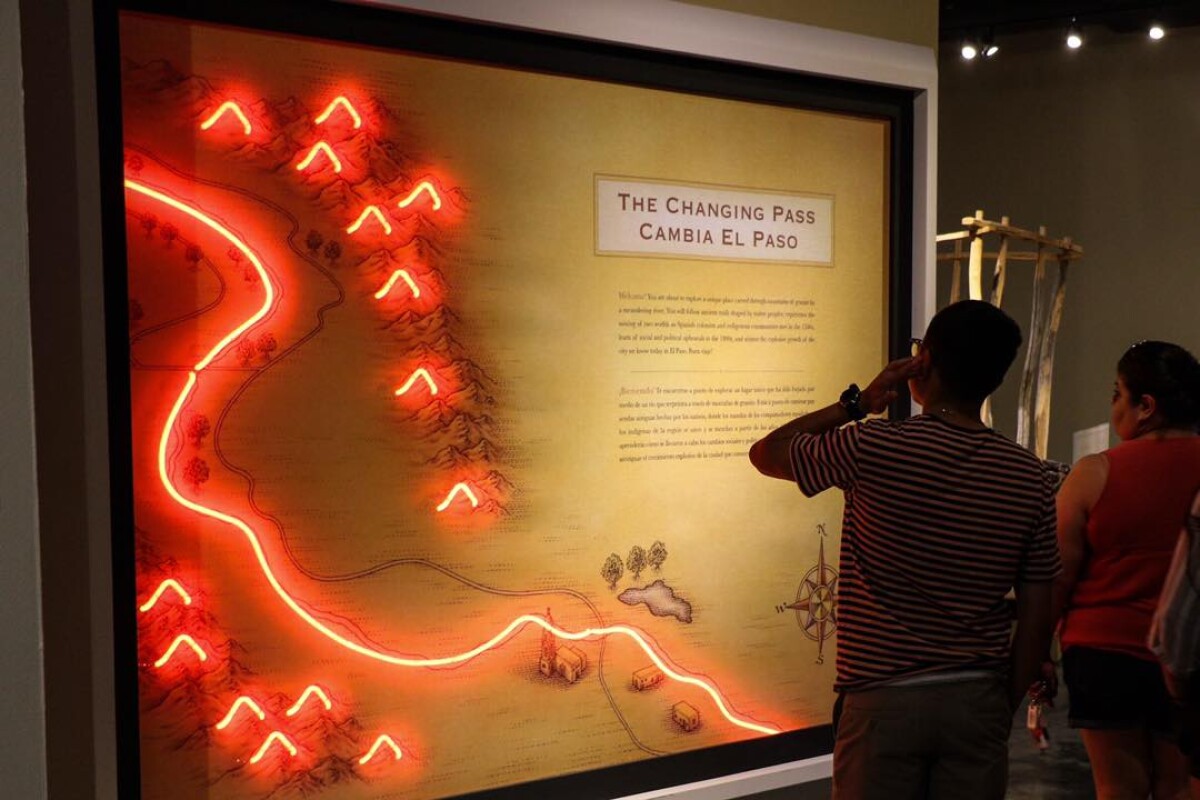
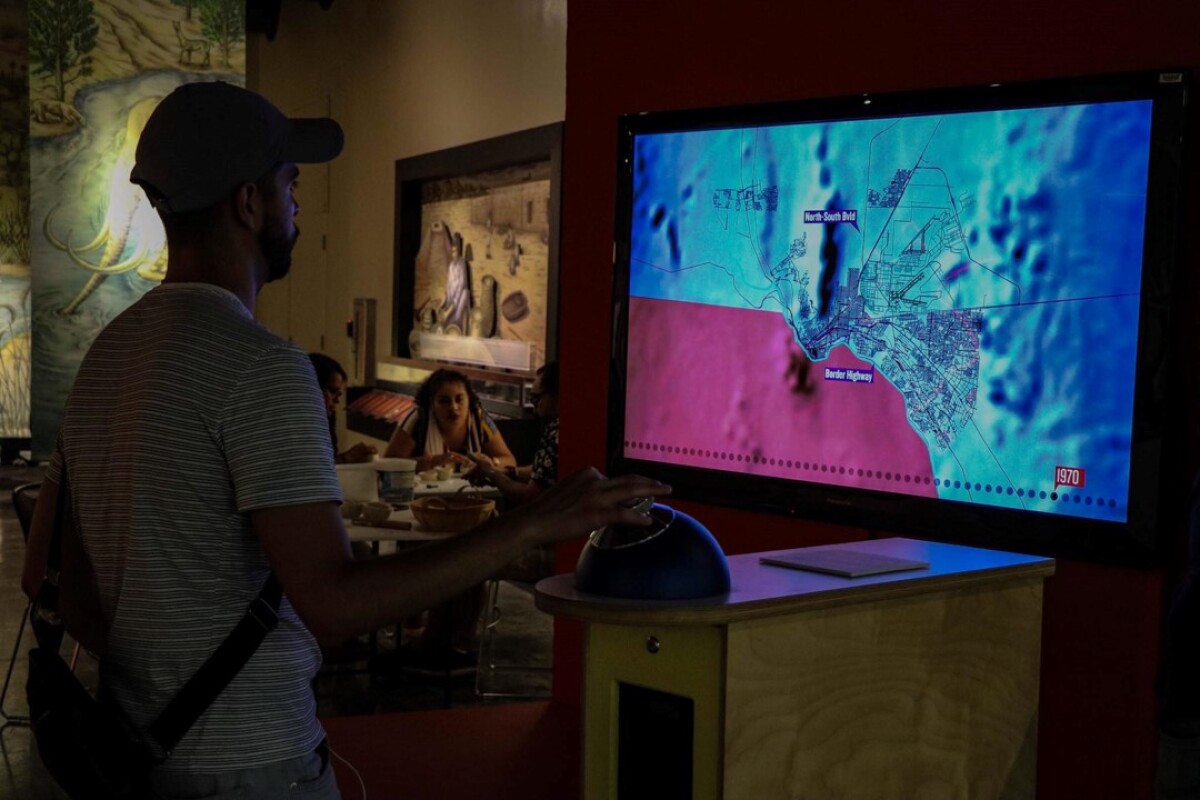
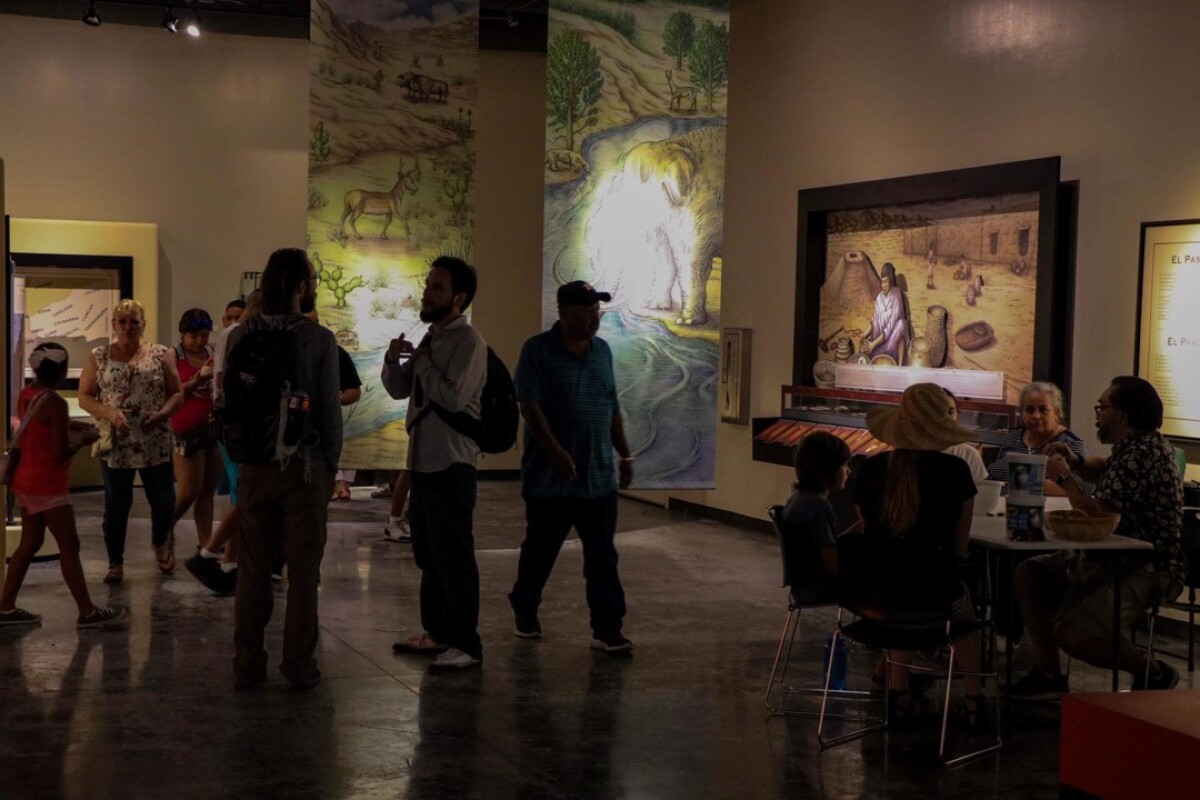
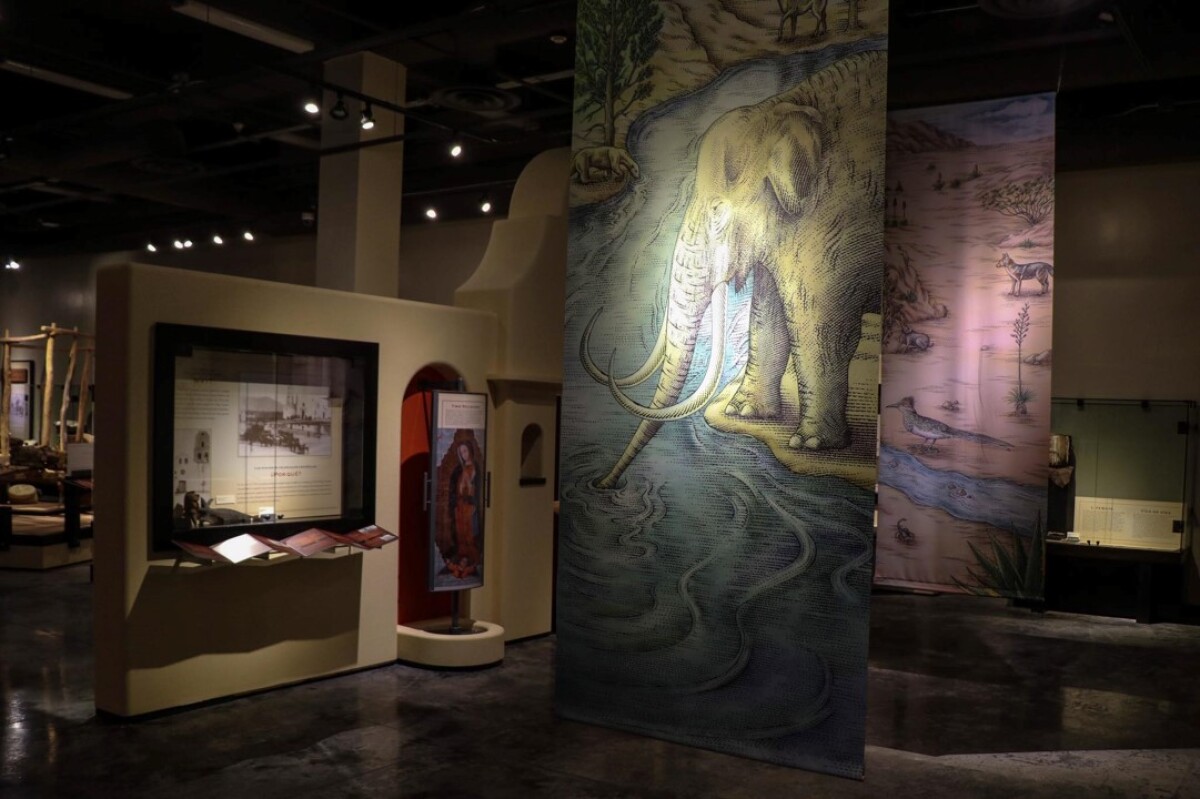
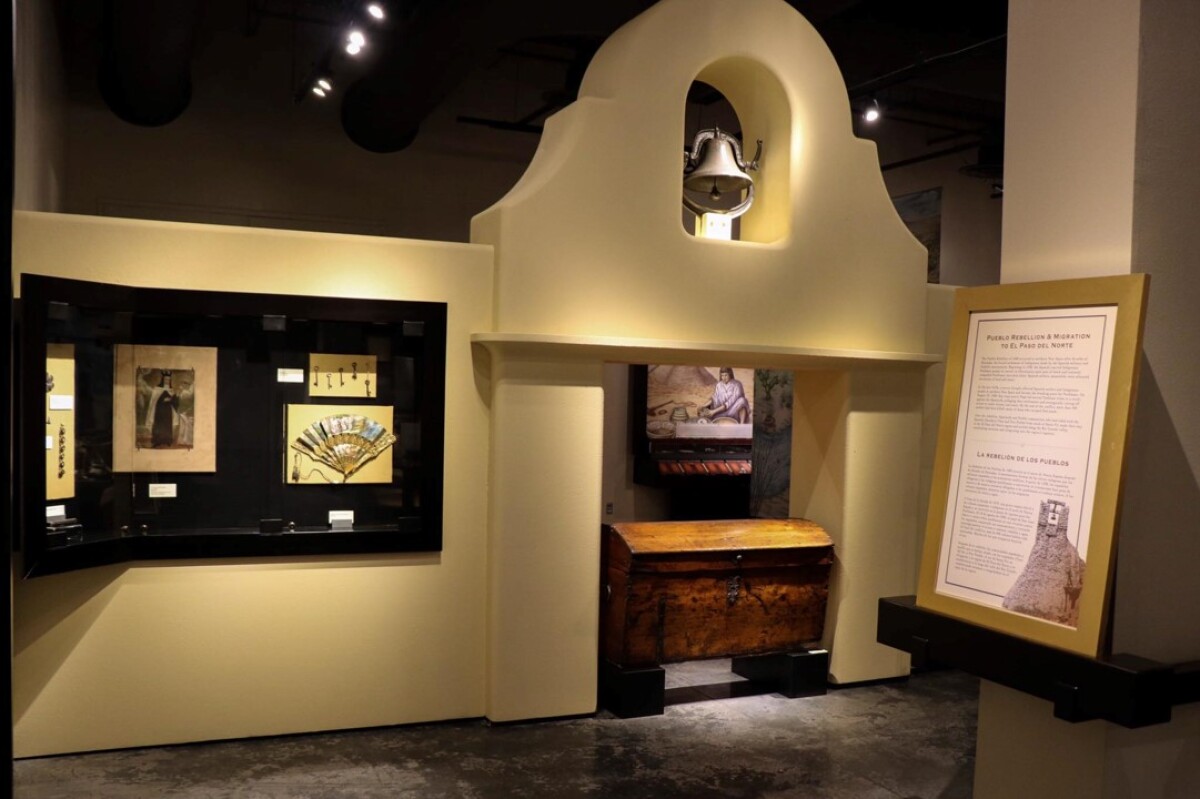
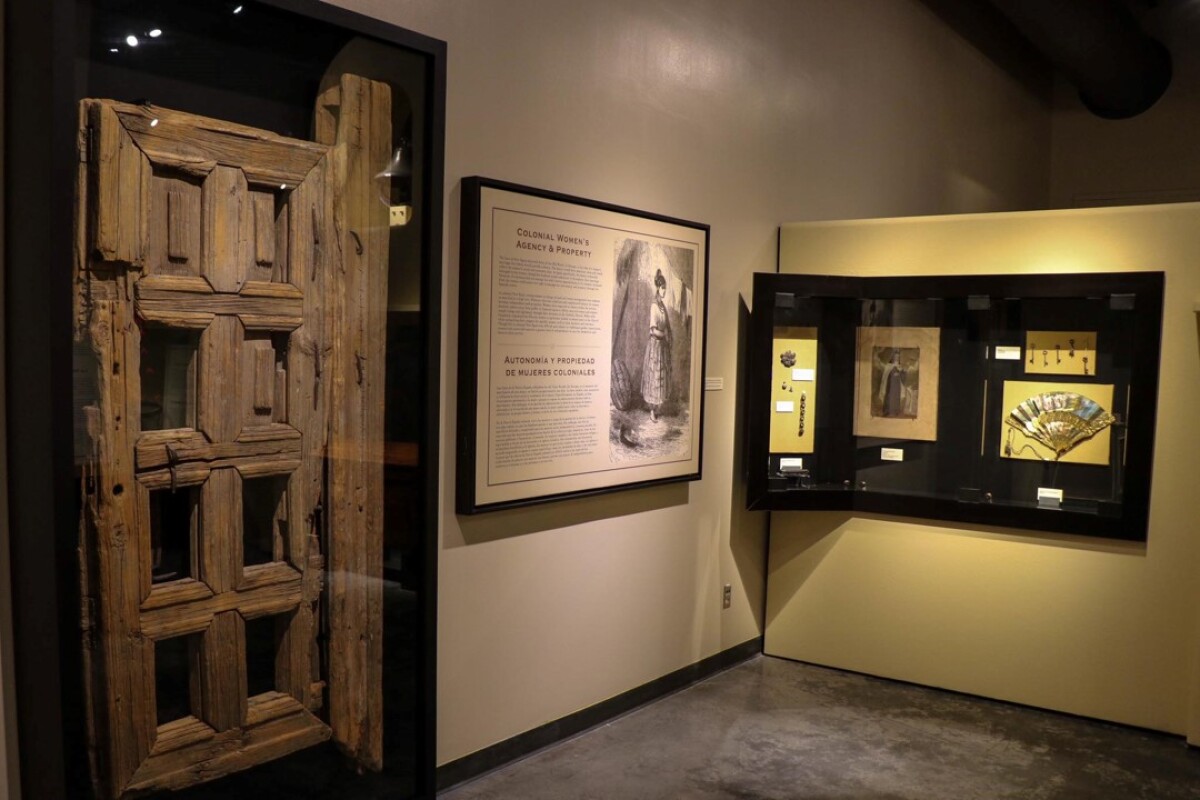
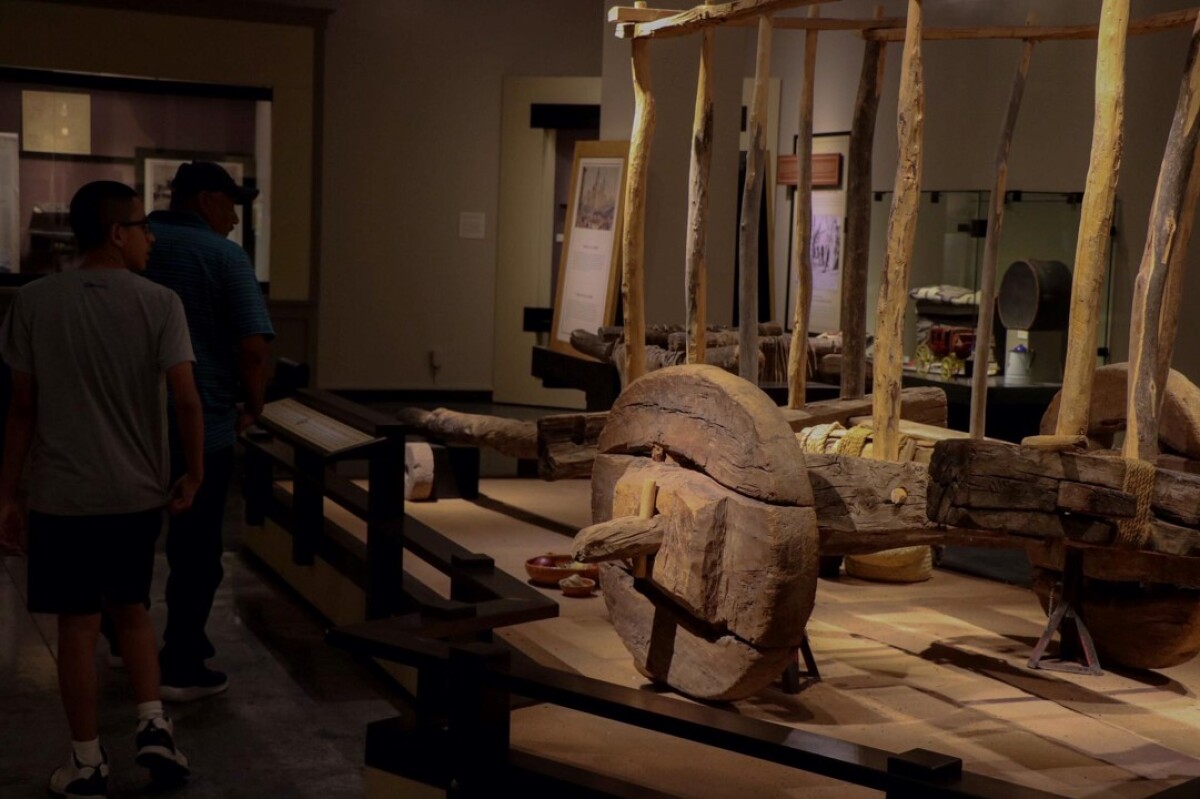
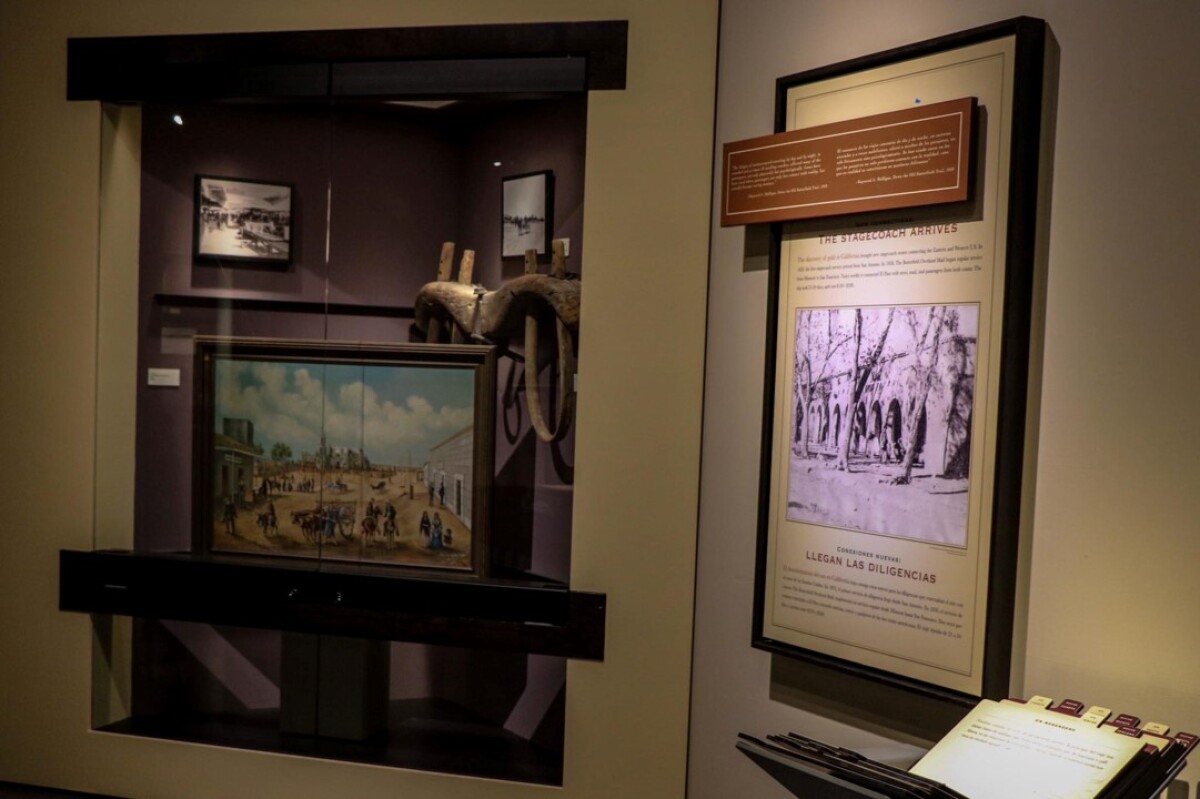
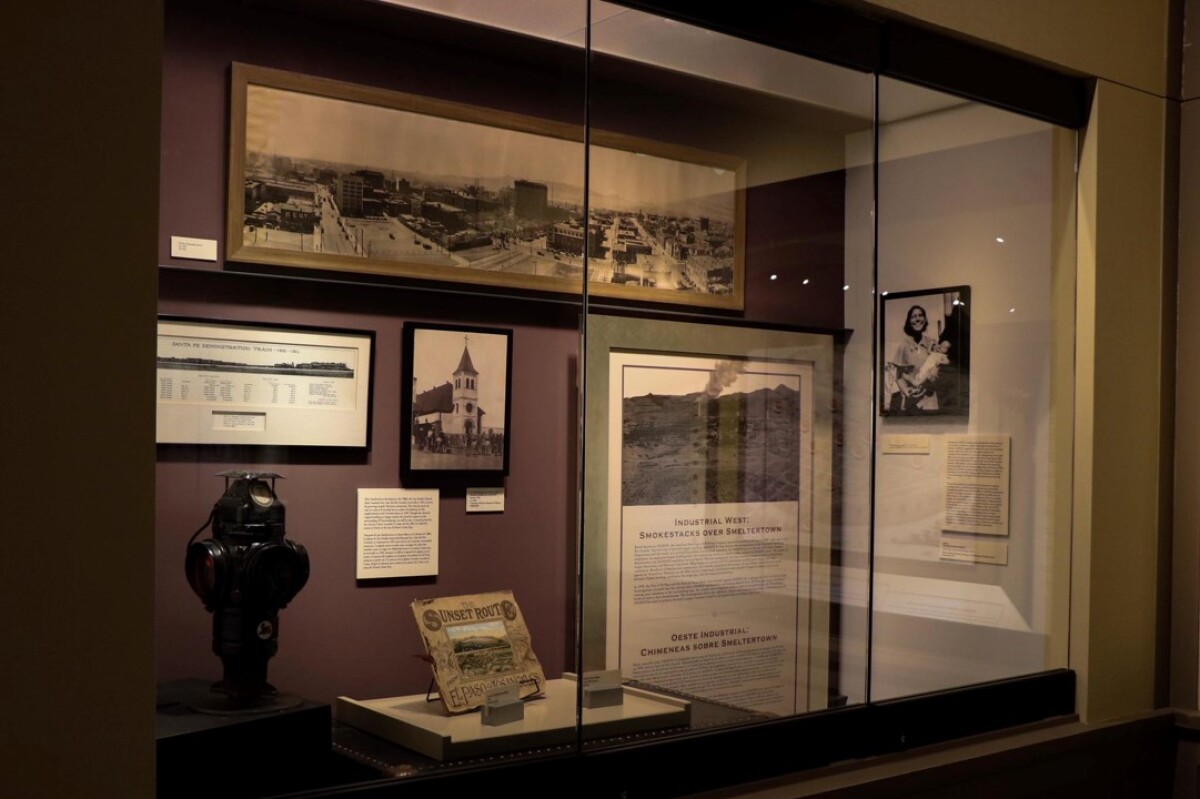
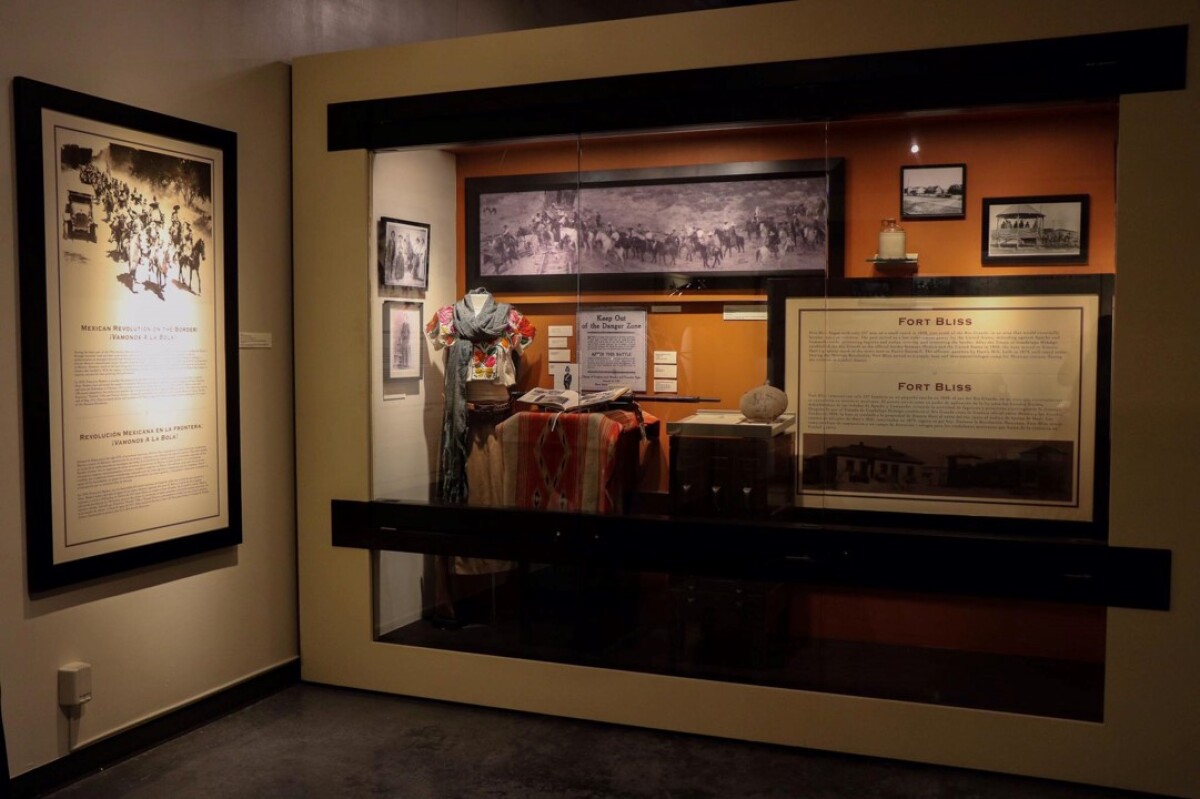
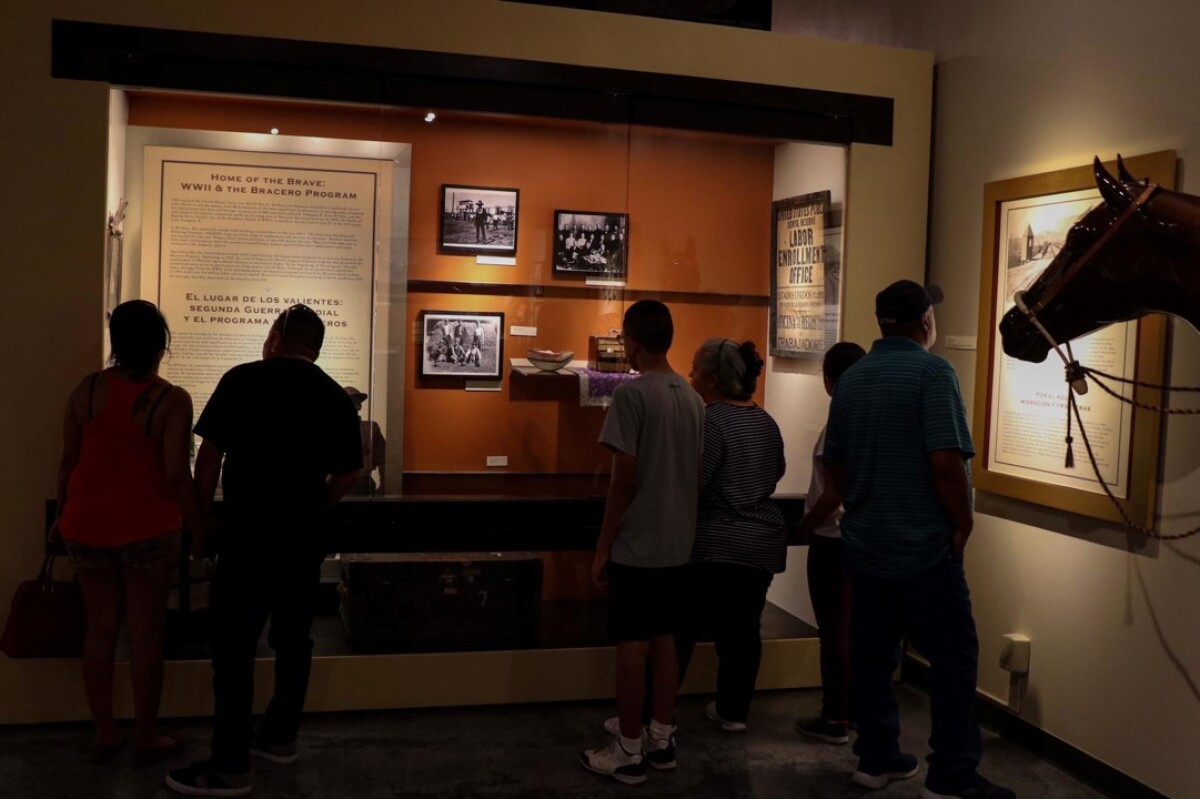
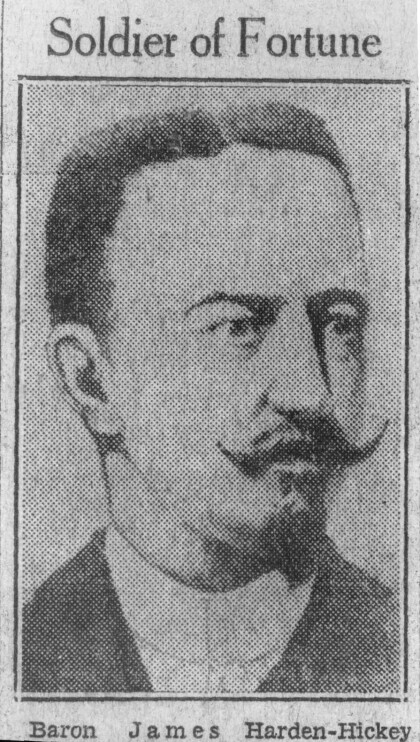
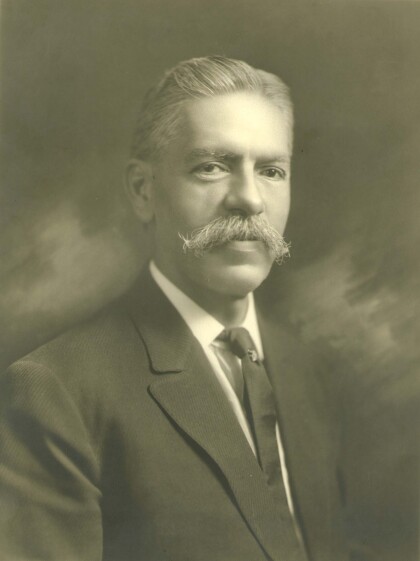
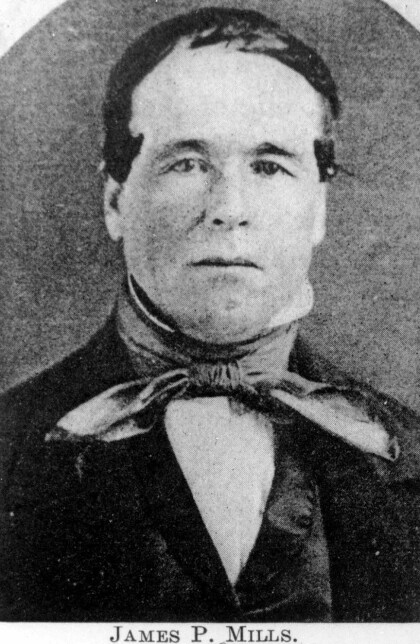
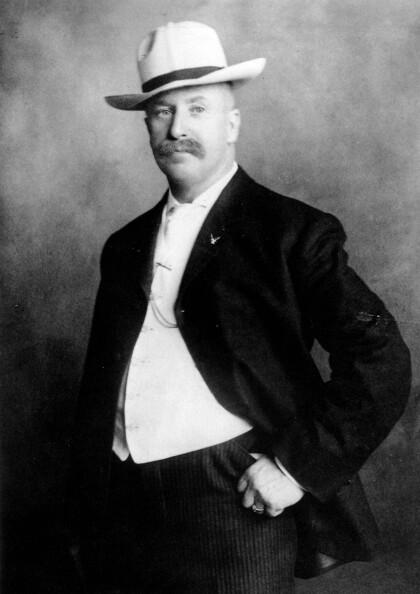
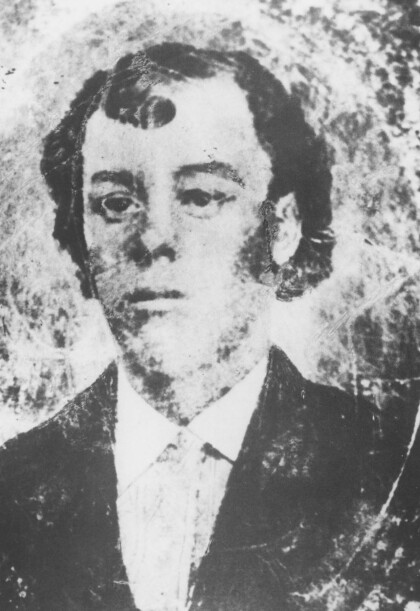
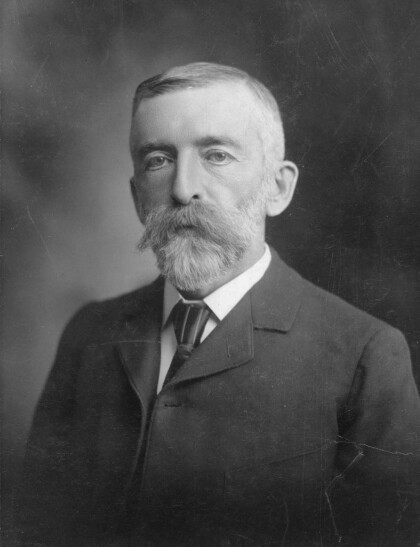
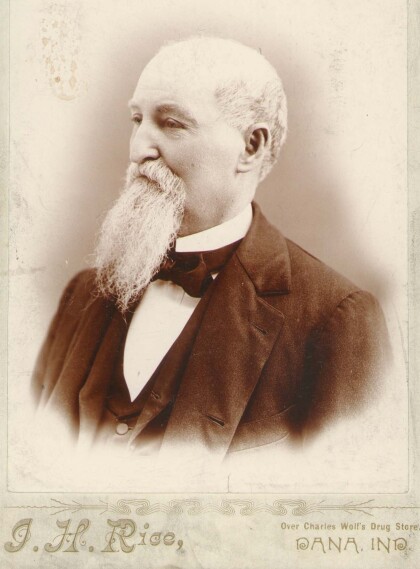
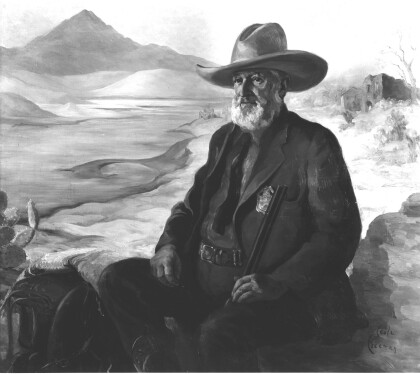
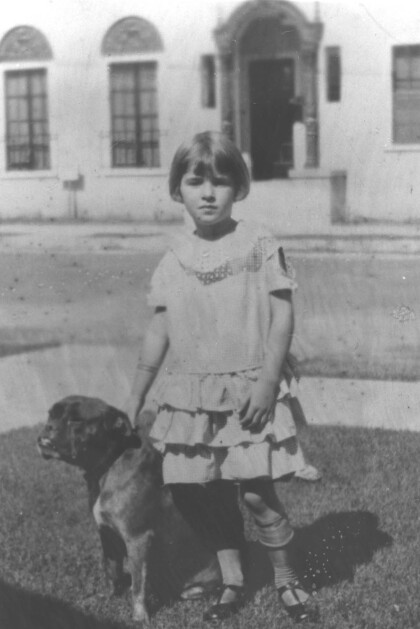
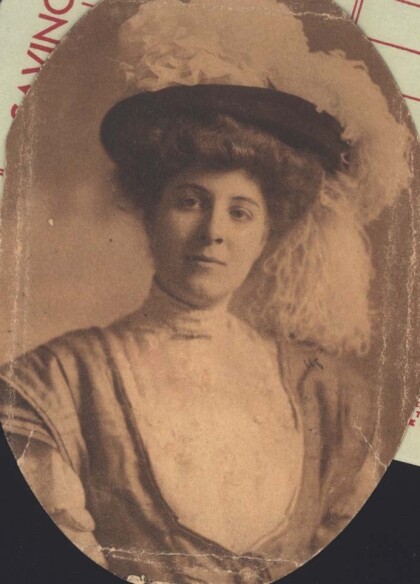
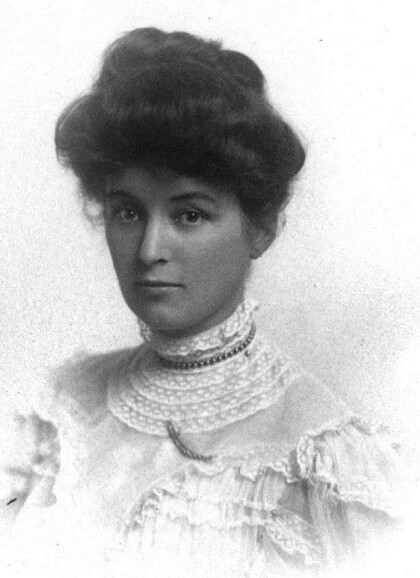
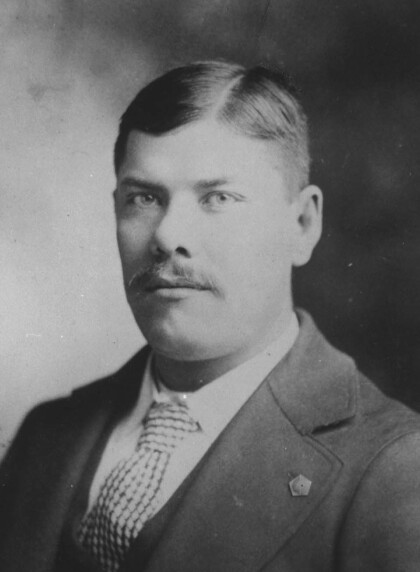
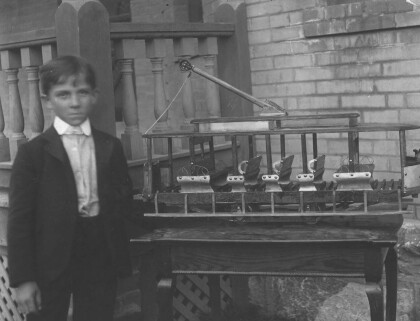
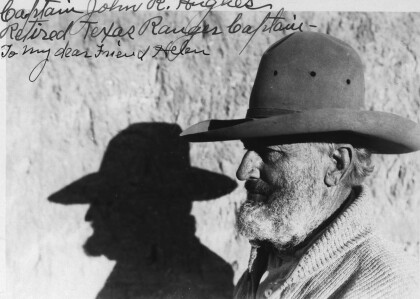
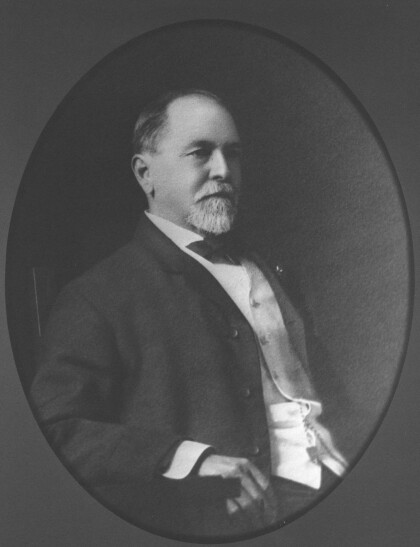
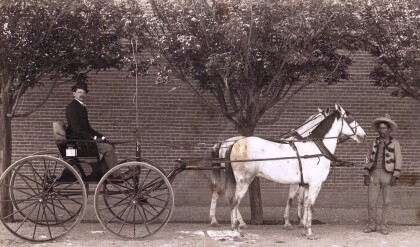
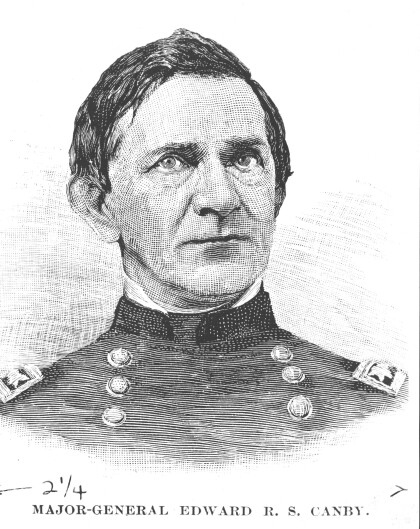
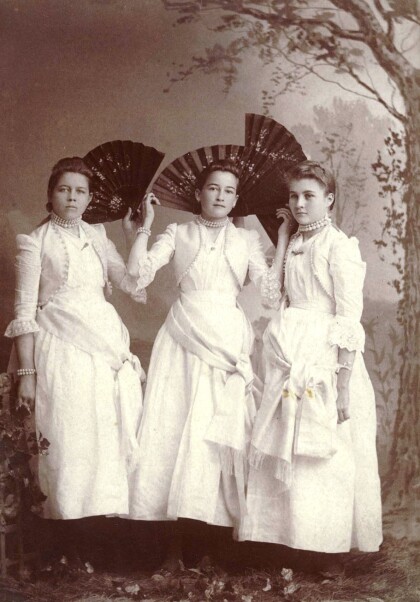
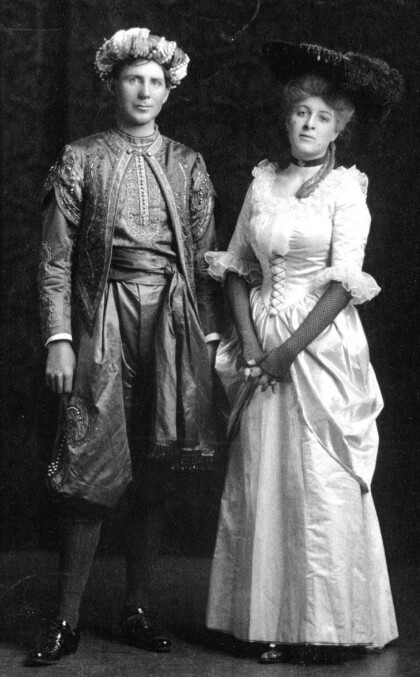
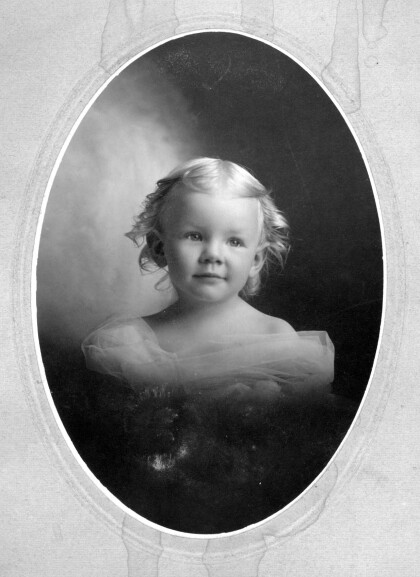
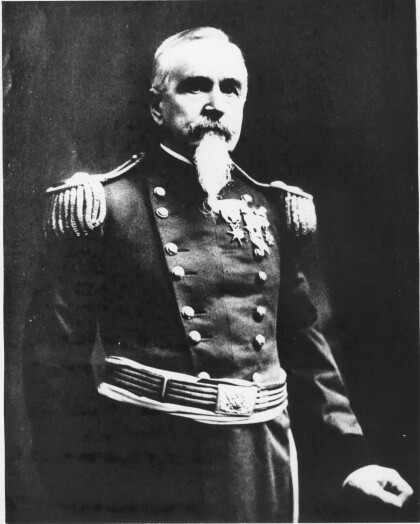
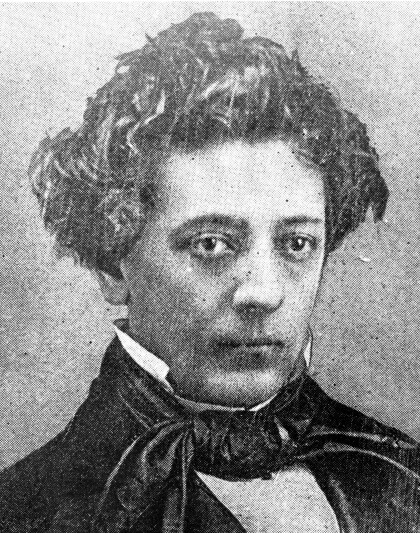
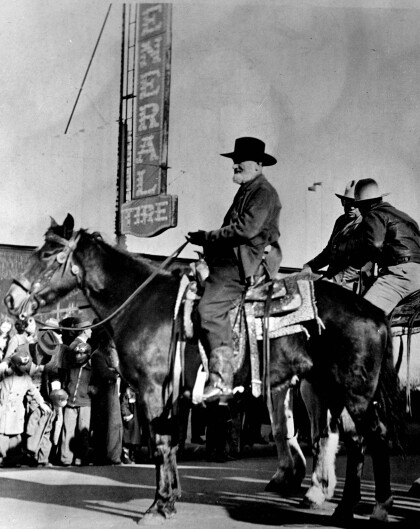
Comentarios
Hacer un comentario